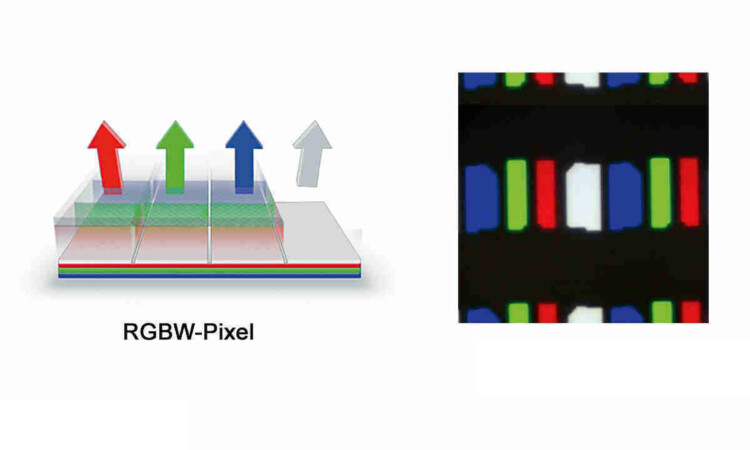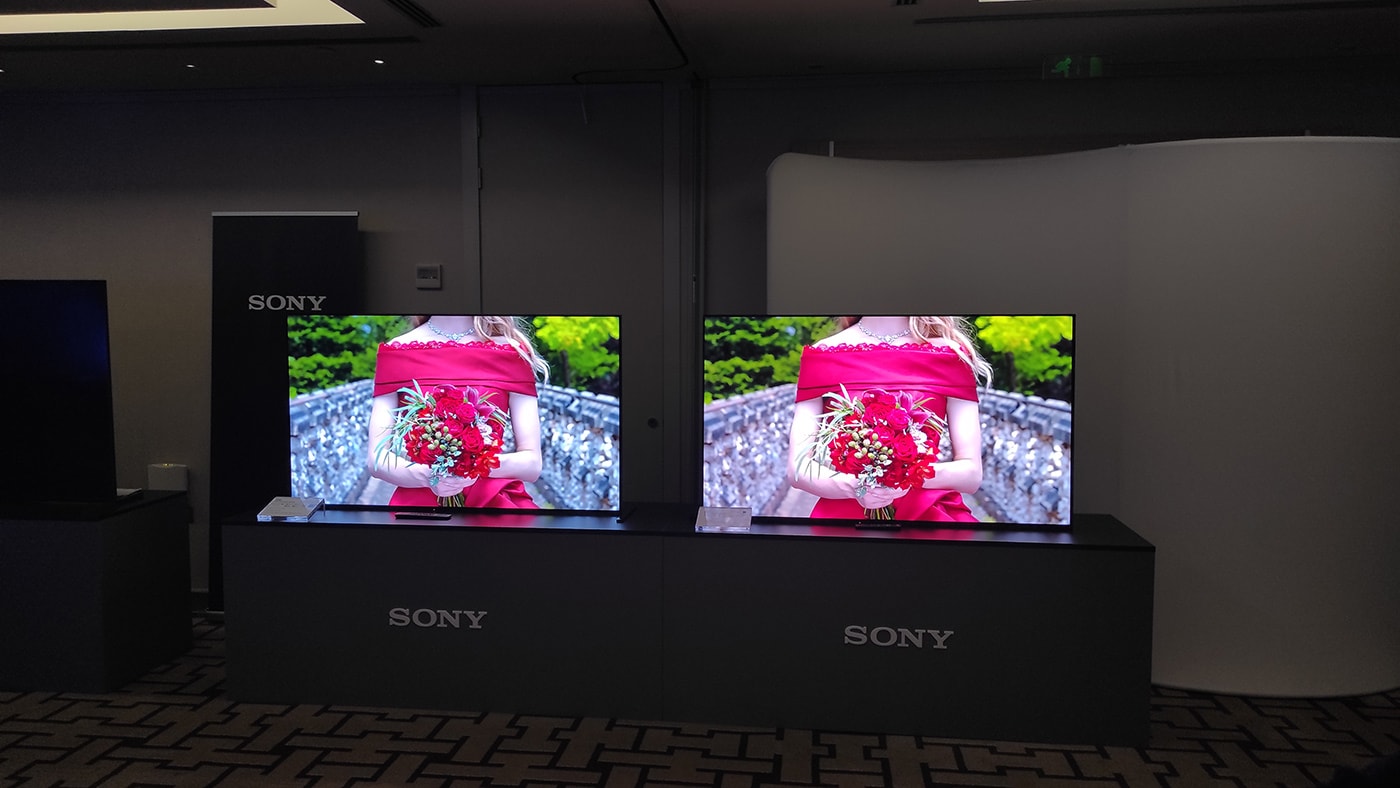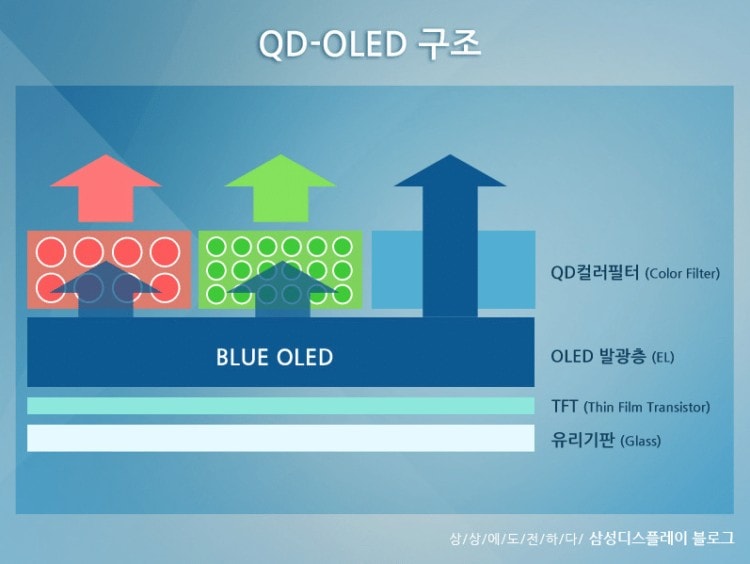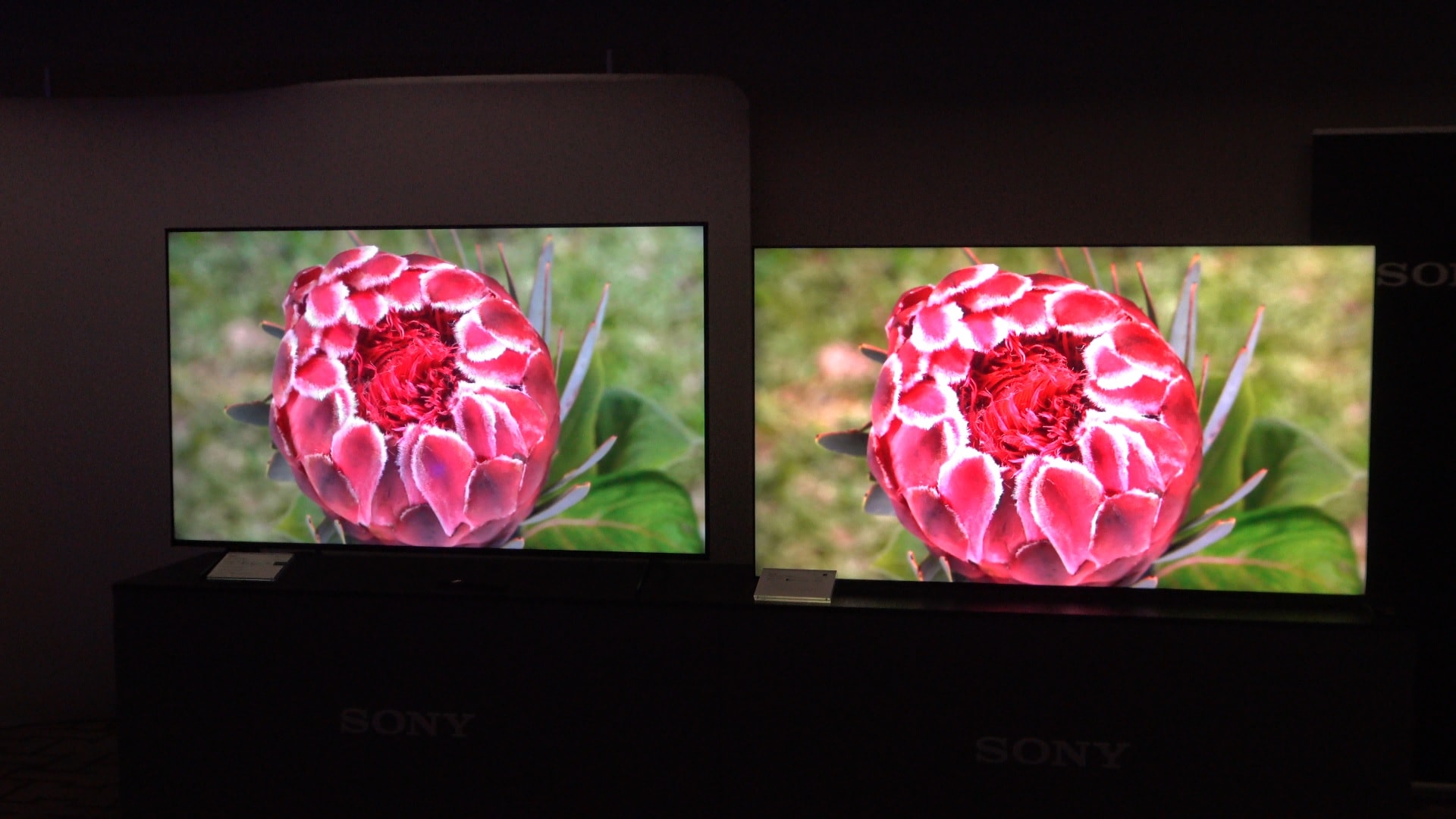
Sony A95K: first impressions and comparison against the A90J. We have already been able to test the new Sony, the A95K and it is incredible. Thanks to the presentation event of Sony Spain we have been able to take a look at its new models and today we bring you a small preview of the star of the party: the new QD-OLED from the Japanese brand, the A95K.
Sony A95K: first impressions and comparison with A90J

If we start with the most obvious (although we recommend that if you are interested in the subject, take a look at our in-depth article on QD-OLEDs), the key to the success of QD-OLED technology is to do away with the white sub-pixel. In the technology developed by LG, all the sub-pixels of the panel are white, which go through an RGB filter (red, green and blue) to generate the color, thus losing a lot of purity (coverage) and a lot of brightness, when emitted from behind and pass through said filter. This is known as emission. Bottom Emission:

So far we more or less knew this story already, right? all this translates, for the user, into many advantages: more brightness (we will expand later below), better colors in HDR (as they are not “washed” by the white sub-pixel), longer useful life -later we will see why-, less retention and much better treatment in dark scenes and with compression, as there is no white sub-pixel We will no longer have the problems derived from this in the almost black scenes.
Sony A95K: a quantum leap in color

The first thing that catches your eye is the color. The reds, especially, are much more intense in the good sense of the word. The color coverage of QD-OLED panels reaches up to 90/91% of the BT.2020 color space, which is almost 20% more than a traditional OLED panel. This feature, together with the fact that the color is now pure along with all its brightness (and is not “washed out” by the white sub-pixel), makes the color look better than ever. Live is an absolute marvel.
 Sony A95K: breaking the barrier of 1000 nits
Sony A95K: breaking the barrier of 1000 nits

With the above data in mind, we know that the Sony A90J reaches about 1300 nits configured in this mode in HDR, so if we saw how the A95K surpassed it without problems… it is very likely that it will reach more than 1500 nits.
In the absence of own measurements and always according to the digital medium Digital Trends who was able to measure the brightness of this TV in Cinema mode, with the color temperature set to 6500K and all image filters disabled. Although it is likely that these figures are somewhat higher, given that it was an unfinished pre-production model:
- 1% window: 1000 nits
- 2% window: 1000 nits
- 5% window: 1000 nits
- 10% window: 1000 nits
- 100% window: 200 nits
And not only that, but we have to take into account the effect Helmholtz-Kohlrausch, which indicates that our eye always perceives more saturated colors as brighter. Well, white and in a bottle…QD-OLED! if we add both things, the real perception in vivo is that it shines substantially more than a traditional OLED. We hope that in a short time we can analyze this model and get you out of doubt.

 Sony A95K: breaking the barrier of 1000 nits
Sony A95K: breaking the barrier of 1000 nits


